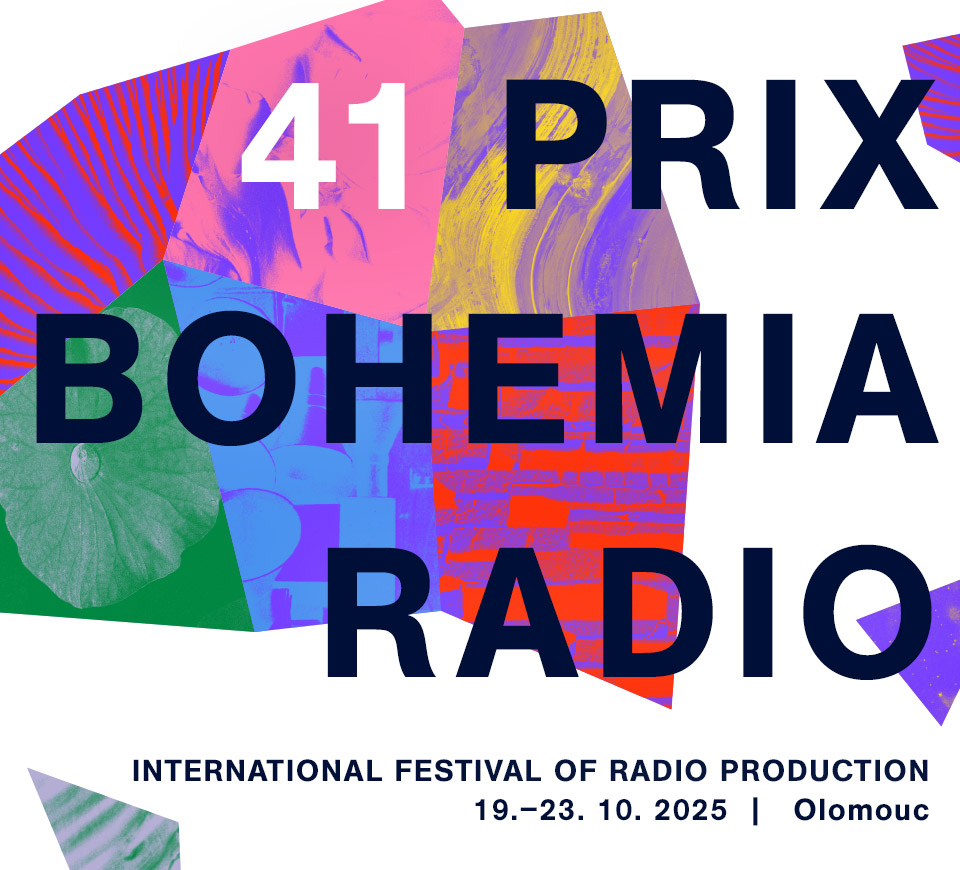As soon as an article triggers emotions and fear, be catious! Says Jana Magdoňová from the Ověřovna project
On Tuesday afternoon, iROZHLAS editors introduced the Ověřovna project. Ověřovna, roughly translated as The Verifier, demolishes myths and misinformation. They revealed what kind of hoaxes they encounter.
As part of the 39th edition of Prix Bohemia Radio, Jana Magdoňová, Tomáš Pika and Martin Samek, editor-in-chief of the iROZHLAS news server, presented the Ověřovna project. The creators of the project demolish myths and misinformation that spread in our society. They collaborate with experts, authorities, and present verified facts that refute the untruths. The authors of the project themselves claim that they verify and refute false statements for people who are unsure of the information. Equally, they do not seek to demolish misinformation for those who believe it implicitly.
The first part of the presentation focused on artificial intelligence. The journalists presented several images created by artificial intelligence that were circulating on the Internet. This was followed by an interactive quiz, during which the audience guessed whether the presented images were the creation of AI or a photographer. From that point on, the visitors were engaged throughout the presentation and a pleasant atmosphere carried through the hall. This part of the session showed that AI still has shortcomings and how journalists should take this into account.
The three journalists also presented other projects they are working on within Ověřovna. One of them was the Presidential Verifier (Prezidentská ověřovna), which consisted of fact-checking statements made during a presidential debate. Subsequently, they refuted the abundant misinformation spread around the presidential finalists.
Although Ověřovna is mainly concerned with verifying information, it also tries other projects. One example is Verify it for Yourself (Ověřovna na vlastní kůži), in which the creators conducted a two-day workshop with seniors. They taught them how to verify misinformation and they co-wrote several articles with them.
The editors of iROZHLAS also address the question of how Czech society deals with disinformation. To this end, they started a project The Society of Mistrust (Společnost nedůvěry), which mapped how conspiracies and disinformation in our country. The data collected showed that forty percent of the Czech population is susceptible to disinformation or believes it directly.
We asked Jana Magdoňová for more information about the Ověřovna project
How did the Ověřovna project come about? Who created it?
I created it together with my then-boss Martin Samek before the parliamentary elections to the Chamber of Deputies in October 2021. We said that when there is a big event like an election or a war, the disinformation activity hugely increases. Before the elections to the Chamber of Deputies, we saw that there would be a wave of disinformation. We as Czech Radio should do something about it.
How difficult is it to verify the news that people send you?
It depends on what the piece is. Personally, videos are very challenging to verify because they are long. Some are up to an hour and a half. Spending that much time watching and then verifying is really challenging. What makes it difficult is that to have proper working misinformation, it is eighty percent true and twenty percent either nonsense or a different context. Therefore, sometimes it is challenging to explain what is wrong with the information and why it is misinformation. We strictly avoid opinionated stuff. Opinions are not misinformation. Another problem is misinformation outside the Czech Republic, it is difficult to get in touch with relevant institutions.
You also mentioned the Society of Mistrust project during your lecture, where you addressed the question of what conspiracy theories are most distorting Czech society. Did you find anything interesting?
For example, Russian disinformation is not exactly flourishing in the Czech Republic. Only three percent of people believe this disinformation. We also found out that migration and Covid-19 are big issues that distort society.
Do you have a favourite/most bizarre conspiracy theory or misinformation that you have come across?
The last time I checked information about the World Health Organization (WHO) forcing children to masturbate. My sister sent it to me who found it in a mom group on Facebook. The whole misinformation is based on WHO material that is real and is ten years old. These are materials that give a framework for how to teach sex education, how to be sensitive to children's sexuality. The original report came from a German disinformation TV station that turned the whole thing around. They took things out of context, as if they were saying that baby ham is made of babies. That is how they twisted the WHO material. They picked a sentence and took three words out of it. WHO focused on the subject of masturbation and describing how older children have an interest in their bodies, which is natural, and it's not worth blasting them and scolding them for it.
You mentioned during the lecture that if we want to fight misinformation, we should not react to it. Do you have any other tips for people on how not to be swept up in misinformation?
As soon as an article triggers emotions and fear, be cautious. Disinformation articles very often have exclamation marks in their headlines, they are long and often use phrases like "They won't tell you this elsewhere, they're hiding this from you, it's all a lie". It is possible that some author of a relevant media outlet uses this, but I would be wary of it just in case. Very often disinformation articles do not mention the author. If you look for the author's name for possible contact, you will not find it. I would recommend not to be overwhelmed by the media. Find three or four media outlets that you trust and verify their reporting. Do not overload yourself with too much information.
The authors of this article in Czech are members of the student editorial staff of Prix Bohemia Radio.






